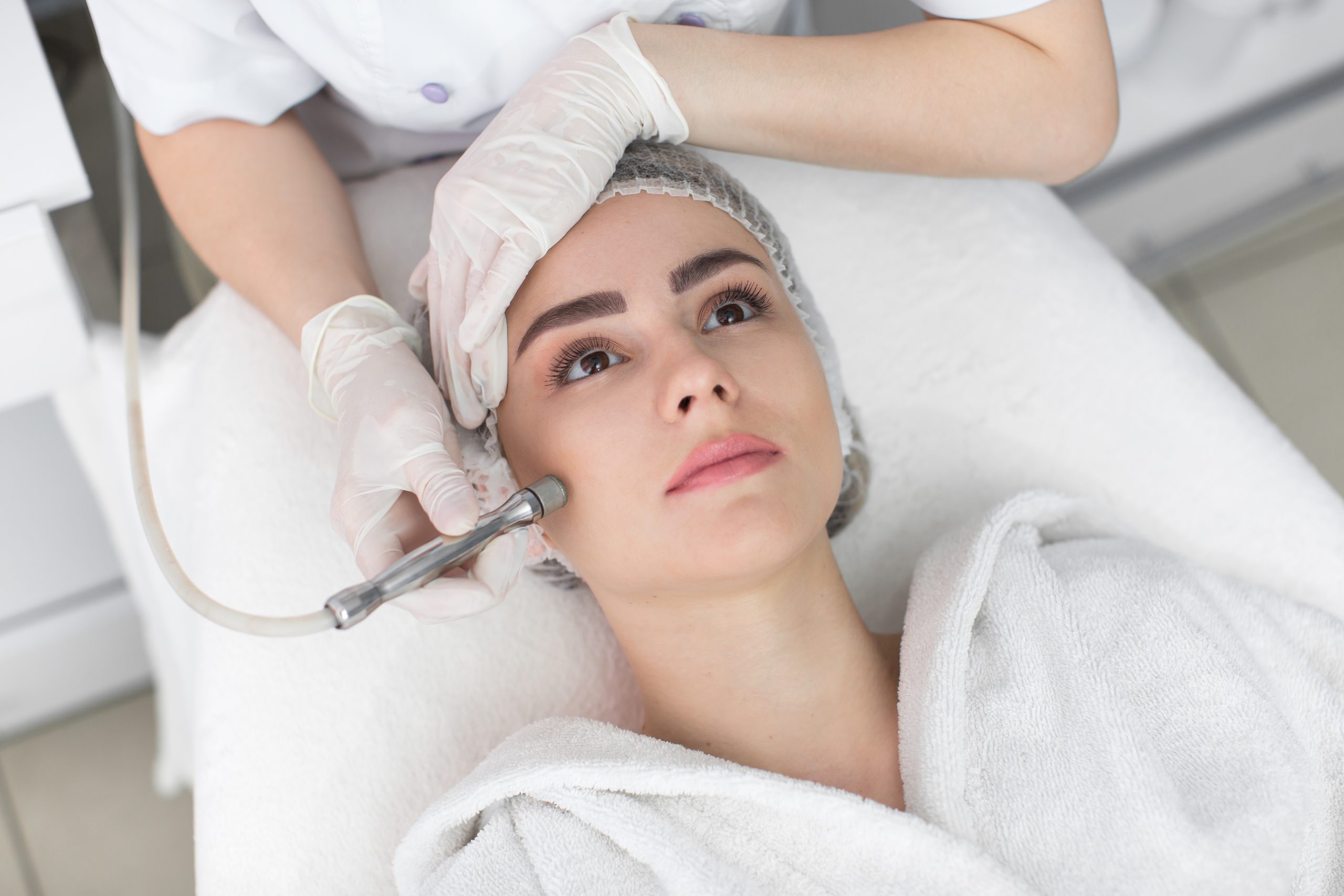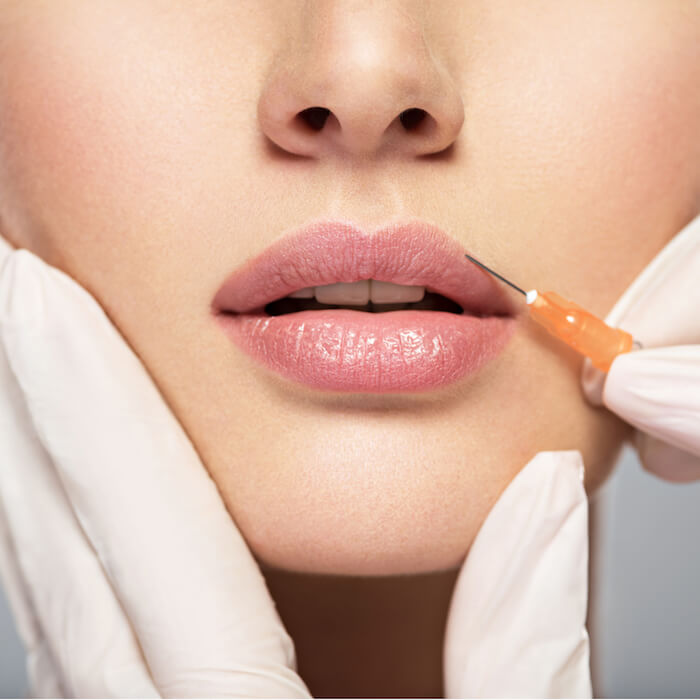If you’re looking for a facial treatment that can leave your skin feeling and looking rejuvenated, then HydraFacial might be the perfect treatment for you. This non-invasive facial treatment is one of the most popular and effective treatments in recent years. In this article, Dr. Ishmeet Kaur & Dr. Deepak Jakhar will discuss what HydraFacial is, how it works, its benefits, and how it compares with other facial treatments.
What is HydraFacial?
HydraFacial is a multi-step facial treatment that combines cleansing, exfoliation, hydration, and extraction to improve skin tone and texture, reduce fine lines and wrinkles, minimize pore size, and reduce the appearance of acne scars and hyperpigmentation, explains Dr. Ishmeet Kaur. The treatment is suitable for all skin types and requires no downtime.
How does HydraFacial work?
The HydraFacial treatment starts with cleansing the skin, followed by exfoliation to remove dead skin cells and reveal a smoother complexion, says Dr. Deepak Jakhar. Then, a special solution is applied to the skin to loosen and extract impurities and unclog pores. The final step involves hydration, where a moisturizing serum is applied to the skin to hydrate and nourish it.
What are the benefits of HydraFacial?
HydraFacial has many benefits, including improving skin texture, reducing fine lines and wrinkles, minimizing pore size, and reducing the appearance of acne scars and hyperpigmentation. The treatment can also improve overall skin health by promoting circulation, lymphatic drainage, and collagen production, explains Dr. Kaur. Many clients have reported brighter, smoother, and more youthful-looking skin after just one treatment.
How does HydraFacial compare with other facial treatments?
HydraFacial is often compared to other facial treatments, such as microdermabrasion or chemical peels. While these treatments are also effective in exfoliating the skin, HydraFacial is considered more gentle and more hydrating. Microdermabrasion uses a diamond-tipped wand to exfoliate the skin, while HydraFacial uses a combination of suction and serums to remove impurities and hydrate the skin, elaborates Dr. Jakhar. Chemical peels involve the use of chemical solutions to remove the top layer of the skin, but they can cause redness and flakiness, while HydraFacial is gentle and requires no downtime.
What are the before-and-after results of HydraFacial?
Before and after photos are a great way to see the results of HydraFacial. These images show the difference in skin texture, tone, and overall appearance before and after the treatment. Many clients have seen significant improvement in their skin after just one treatment, with even more dramatic results after a series of treatments.
What is the cost of HydraFacial?
The cost of HydraFacial varies depending on the location, the provider, the machine used, and the specific treatment plan. However, many providers offer package deals and discounts for multiple treatments.
What is the aftercare for HydraFacial?
Aftercare instructions for HydraFacial include avoiding sun exposure or wearing sunscreen, avoiding strenuous exercise for 24 hours after the treatment, and avoiding harsh or abrasive skin care products. It is also recommended to drink plenty of water and avoid alcohol and caffeine for a few days after the treatment.
Conclusion
HydraFacial is a highly effective and popular facial treatment that can provide a wide range of benefits for all skin types. By combining cleansing, exfoliation, hydration, and extraction, HydraFacial can leave your skin feeling and looking rejuvenated. Whether you’re looking to reduce fine lines and wrinkles or minimize pore size, HydraFacial might be the perfect treatment for you. Book your HydraFacial treatment at Dermosphere Clinic today and experience the amazing benefits for yourself!
Disclaimer:
The information provided in this medical article is for educational and informational purposes only and is not intended to be a substitute for professional medical advice, diagnosis, or treatment. The author and publisher of this article are not liable for any adverse effects or consequences resulting from the use of any suggestions, preparations, or procedures discussed in this article.


